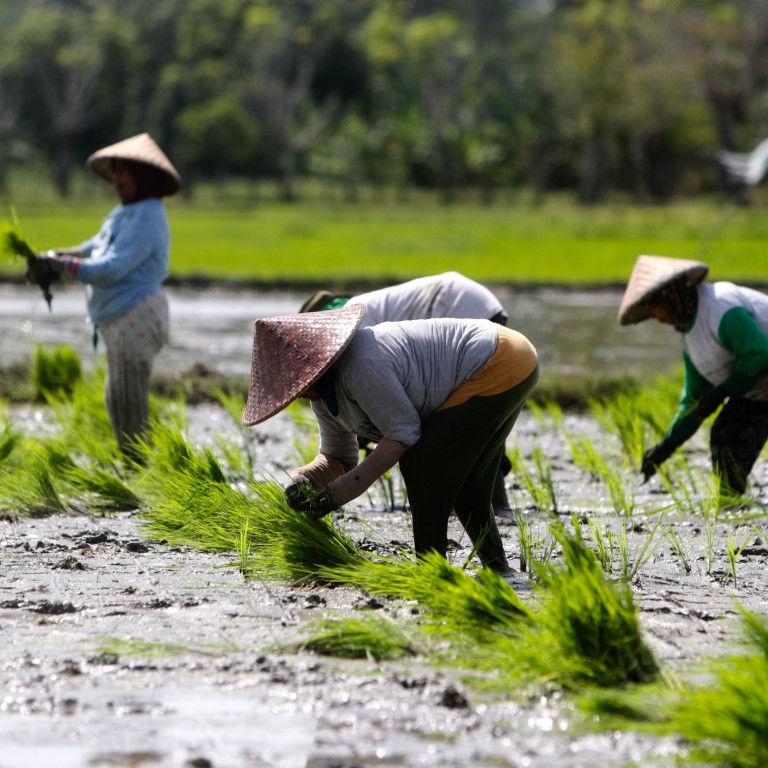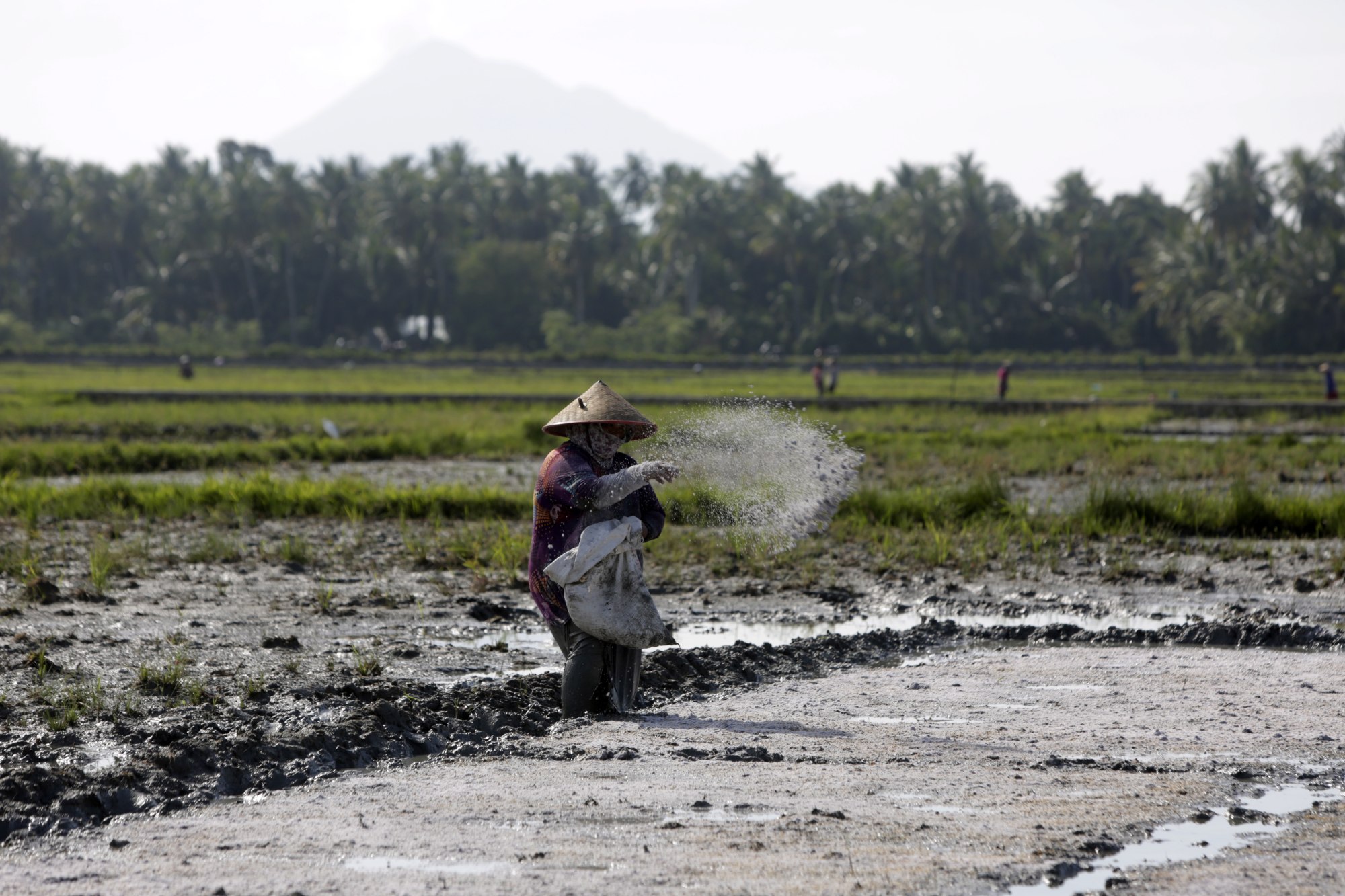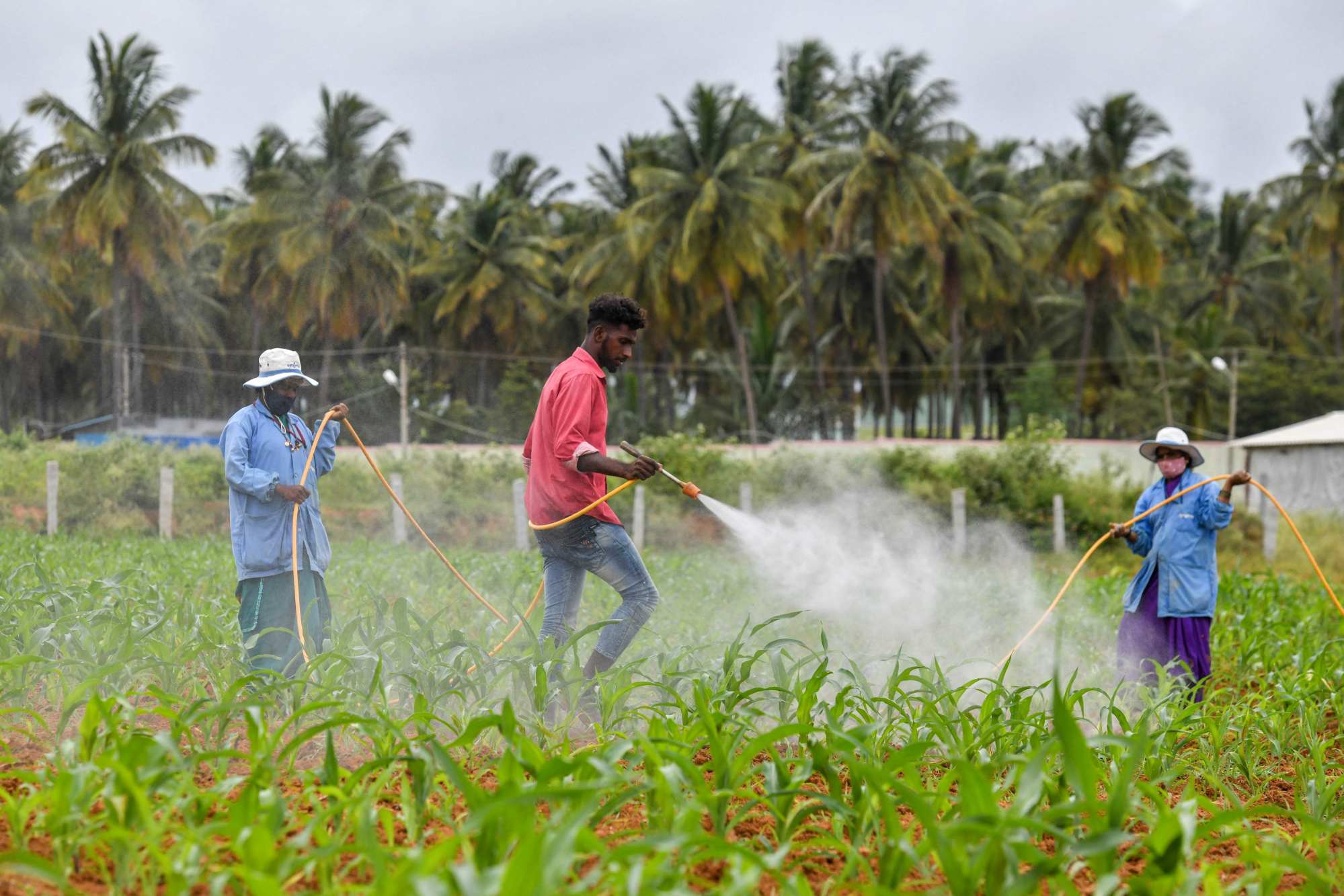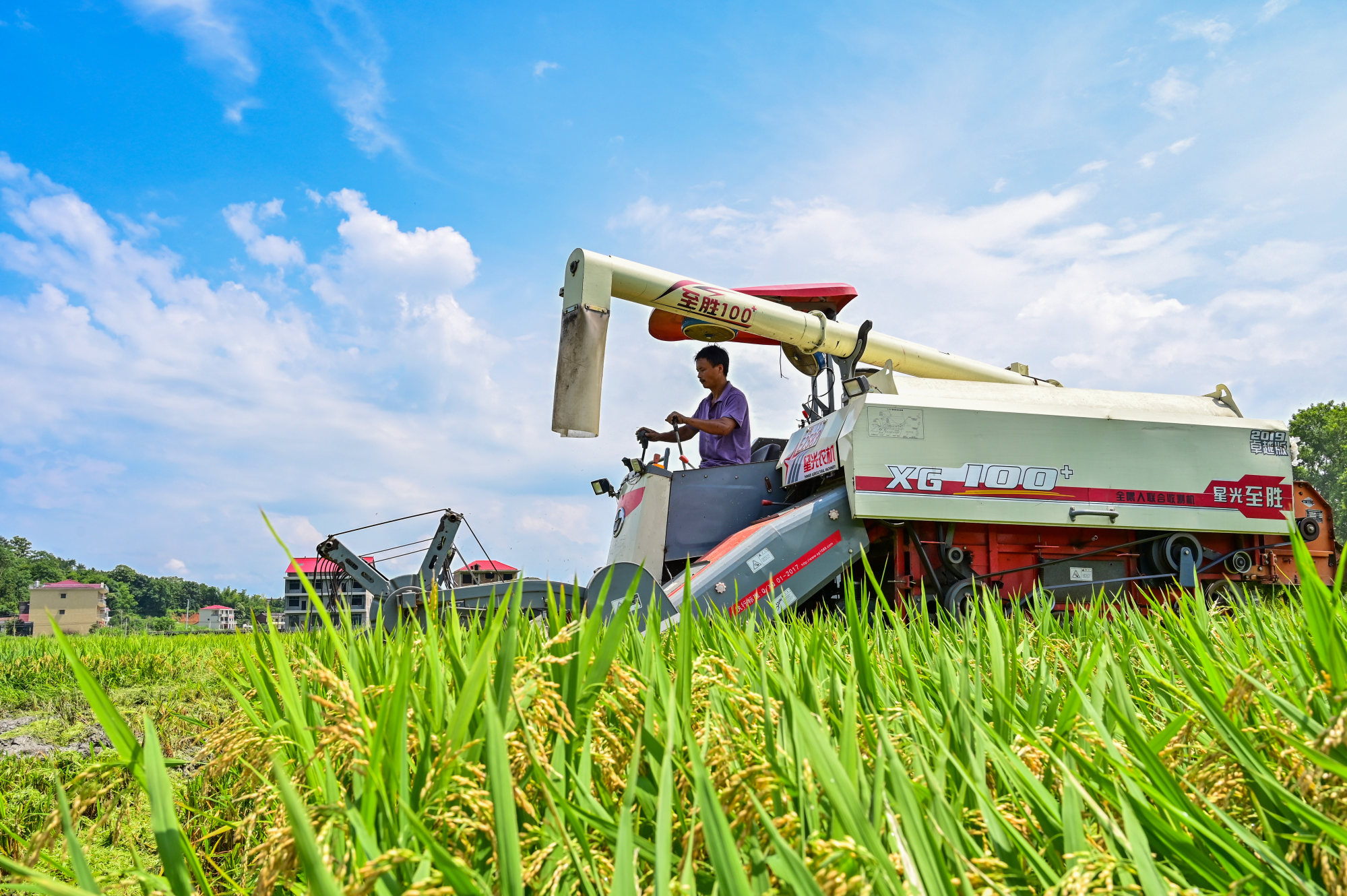
Asia faces a ‘rice crisis’ but China and India may escape the worst price rises, analysts say
- Record fertiliser prices sent higher by market turmoil and supply shortfalls amid the war in Ukraine are driving up the cost of farming rice
- Analysts say top producers China and India are insulated from the worst effects – as Indonesia’s president warns of a crisis that might affect 2 billion people
Rice prices are heading upwards, world food experts have warned, as soaring fertiliser costs look set to weigh on yields of a crop that’s a staple for at least 2 billion people across Asia.
“It’s now inevitable. Prices will go up,” said John Baffes, senior agriculture economist at the World Bank’s Development Economics Prospects Group. “Rice was the exception, but not any more.”

“This is a huge worry for the global market, Asia in particular,” said Julia Meehan, managing editor for fertilisers at London-based market analysts Independent Commodity Intelligence Services.
Japanese change daily habits to balance sharp spike in bills and prices
“The high cost of gas has created demand destruction – so we are seeing curtailments in production, in addition to some producers choosing to halt production altogether.”
“A lack of fertiliser means damaged crops. Or not a good yield,” she said – a particular problem for Asian nations that previously relied on Russian fertiliser imports and where “farmers are very poor … compared to other parts of the world”.
‘A rice crisis’
But by June both had changed their forecasts, as had world-leading food policy institutes, to reflect the impact of record gas prices on the cost of fertiliser as the Ukraine conflict wore on with no end in sight.
“When we made our forecast in April, we based it on the assumption that energy markets would stabilise after the initial shock of the war,” Baffes told This Week In Asia.
“Instead, they’re more unstable, particularly for gas and coal”.

About one-third of the cost of farming the world’s four major grains – rice, wheat, maize and barley – goes on fertiliser. Until recently, rice was the only one of the four that had proved immune to rising prices. Since 2020, the cost of all four had collectively “basically tripled”, Baffes said, with the world grain index largely being driven up by the latter three.
“We must act fast to find a concrete solution. Food production must be ramped up. The global food and fertiliser supply chain needs to return to normal,” he was cited as saying, stressing the importance of ensuring sanctions imposed because of the war were not applied to Russian food and fertilisers.
What are the biggest risks faced by Asia-Pacific economies amid Ukraine war?
The crisis has been worsened by the war, but has its roots in the global economic turmoil caused by the pandemic. Strong demand, limited supply and higher input costs drove fertiliser prices up 80 per cent last year, according to the World Bank. In the year to May following Russia’s invasion of Ukraine, they had gone up another 30 per cent. Prices have since retreated slightly, but remain near record highs.
High freight rates were also an issue, Independent Commodity Intelligence Services’ Meehan said, as the war wrought further havoc on global maritime trade that was already struggling to rebound from earlier pandemic shutdowns.
The Russian invasion of Ukraine is “hugely responsible” for the current fertiliser shortfall, Meehan said.
Globally, rice production is expected to remain more than adequate until the end of this year, according to the UN food agency and World Bank, supported by top producers China and India, which accounted for 51 per cent of the world’s total output last year.
Yet prices will rise. In May, it was revealed that Thailand and Vietnam, respectively the second and third ranked exporters after China, were in talks on a pact to raise the price of their rice exports to support domestic industry, farmers and manage growing production costs.

Uneven price rises
The impact of rising fertiliser costs on rice prices will be uneven as government policies and changes in usage will vary, as will the effects of less usage on crop yields, said David Laborde, senior research fellow at the International Food Policy Research Institute in Washington.
“Even within farms, farmers may rebalance their fertiliser application across their fields to mitigate the impacts of the reduction,” he said.
“This all means that we are likely to see a lot of difference in the impacts on yields across countries, regions, and even individual farmers.”
For vulnerable farmers in Asia, the yield difference between having fertiliser or no fertiliser is more extreme
Laborde said it was likely that both countries would be able to maintain rice yields this year, keeping average global production high, “but those averages do not tell the story of some countries and individual farmers who may still suffer serious losses”.
“For vulnerable farmers in Africa or Asia, the yield difference between having fertiliser or no fertiliser is more extreme,” he said – as much as 50 per cent for those who were previously accustomed to getting optimal quantities of fertiliser but now had none.
The new faces of hunger: inflation’s human cost, from Singapore to the Philippines
Laborde said rice was particularly vulnerable to “large price swings” because most countries that produce it keep most for domestic consumption. Only 9 per cent of global rice production makes its way to international markets, compared to more than 20 per cent for wheat and other grains.
“At the international level, the rice market is pretty thin and any change at the margin could lead to large price swings, making the situation much worse for people or countries that, this year, will have to buy on these markets,” he said.

